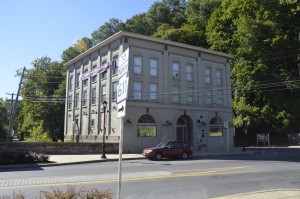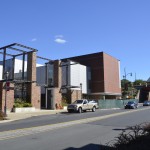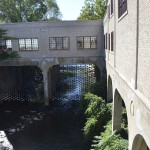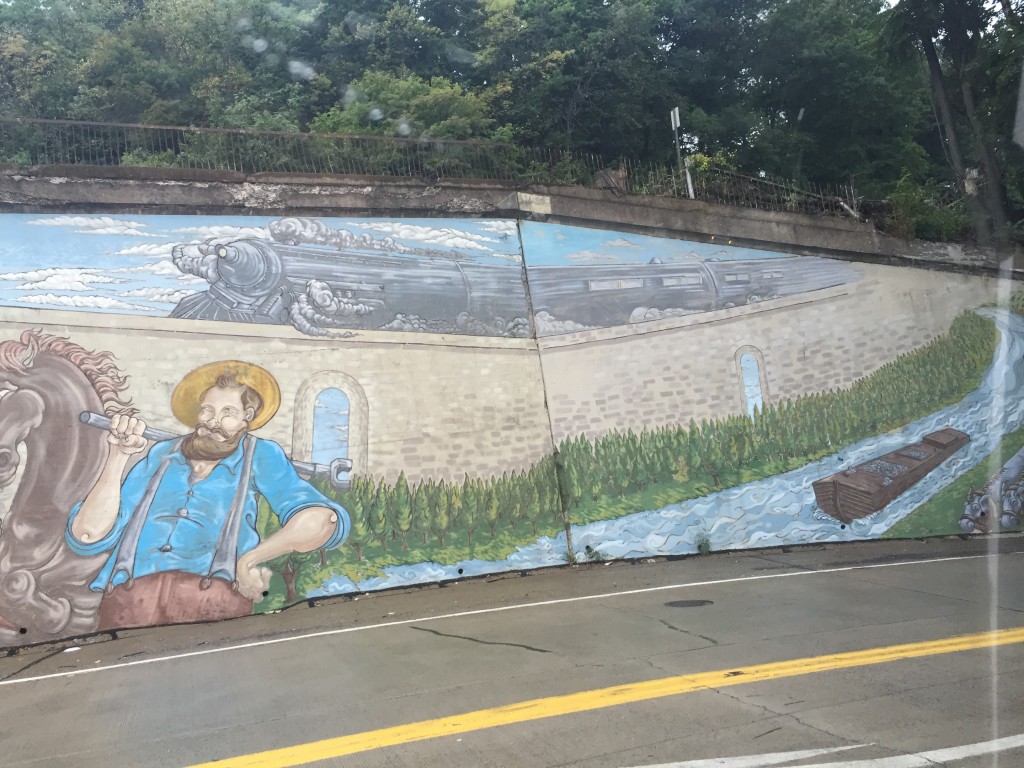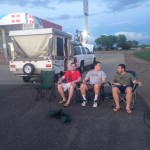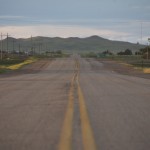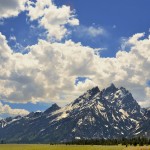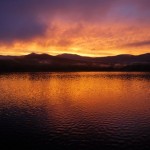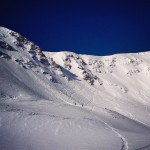During our discussion of diary of a citizen scientist on Wednesday, someone mentioned that they appreciated Russell’s enthusiasm for sharing her passion over beetles. After reading more of the book, that thought really stuck with me.
To put it bluntly, I am not a big fan of the book. Reading chapter after chapter about insects isn’t the most exciting thing, although I’m trying to enjoy it. However, I too appreciate Russell’s relentless passion for her little niche of nature.
Reading this book has got me thinking, do people think my love for nature is boring? Once more, this thought reenforces the idea that we all perceive nature differently. While I might not be enthralled by the discovery of new beetle species, I think it’s awesome that Russell can find excitement in something so different from the natural things that I find excitement in. And yet, our very diverse interests still fall under the same category of nature.
Along similar lines, I thought it was cool to hear everybody’s different observations of Sullivan Park. While we all drifted off to sit in different directions, we were all concentrated in a relatively small and aesthetically homogenous area. Yet we all saw different things and connected different trains of thought. It was very cool.

